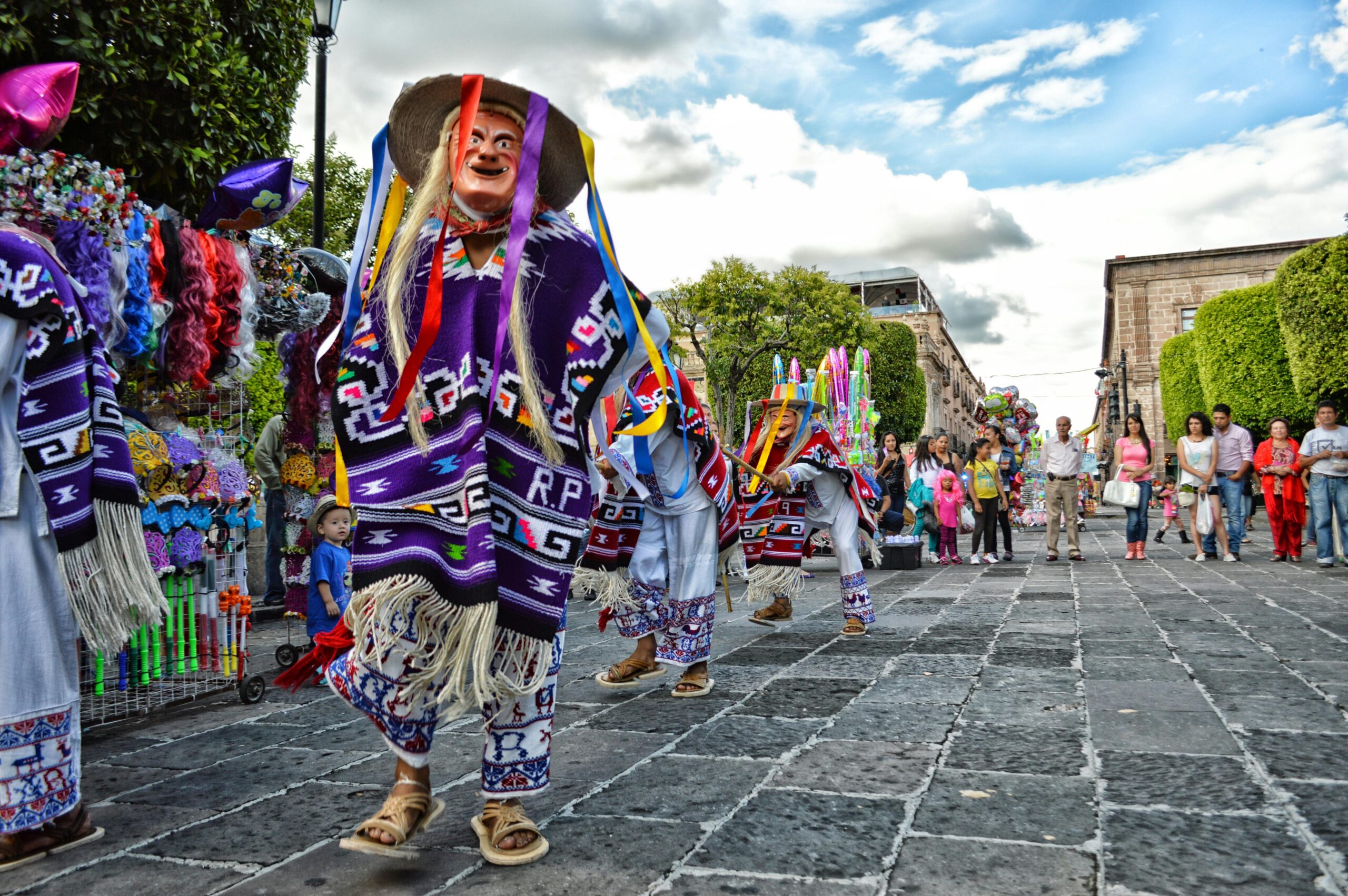When planning a trip to Mexico, it’s important to stay informed about the latest Mexico travel advisory to ensure a smooth and safe journey. Mexico is a beautiful country with a rich cultural heritage, stunning landscapes, and vibrant cities that attract millions of tourists each year. However, like any international travel destination, it’s essential to be aware of safety concerns and follow the guidance provided by official authorities to protect yourself and your family. The U.S. Department of State and other international agencies regularly update the Mexico travel advisory to reflect the latest developments related to safety, health, and local conditions. This advisory provides crucial insights into which areas of Mexico are considered safe for travelers and which might pose risks due to issues such as crime, political unrest, or natural disasters. Whether you’re visiting Mexico for leisure, business, or family travel, understanding the advisory will help you make informed decisions about where to go and how to stay safe.
Table of Contents
Understanding the Mexico Travel Advisory
The Mexico travel advisory is a tool that provides travelers with updated information on the safety and security of various regions in Mexico. It’s broken down into levels, each of which indicates the degree of caution travelers should exercise in specific areas. These levels range from “Level 1: Exercise Normal Precautions,” indicating minimal risk, to “Level 4: Do Not Travel,” which signals that a destination may present significant safety concerns. The advisory is updated regularly to reflect changing conditions, such as spikes in criminal activity, political instability, or other factors that could impact your safety while traveling.
It’s important to note that the Mexico travel advisory does not mean that all areas of the country are unsafe. In fact, many parts of Mexico are considered to be very safe for tourists. Popular destinations like Cancun, Playa del Carmen, Mexico City, and Oaxaca typically remain at a Level 1 or Level 2 rating, meaning travelers can visit these areas with reasonable precautions. However, there are regions where violence related to drug cartels and organized crime may affect local safety, which is why the advisory recommends caution or avoidance in certain states.
Staying Safe While Traveling in Mexico
When traveling to Mexico, it’s essential to stay informed and adhere to the guidance in the Mexico travel advisory. While the advisory provides valuable information, it’s also important to exercise general safety precautions regardless of the level of risk in your chosen destination. Here are some tips to ensure a safe and enjoyable trip:
- Research Your Destination: Before booking your trip, take time to research the specific areas you plan to visit. The Mexico travel advisory will indicate any regions with higher levels of risk, but it’s also a good idea to check with locals, hotels, or trusted travel websites for updated advice on your chosen destination.
- Avoid Risky Areas: If the advisory lists certain states or cities as having high levels of criminal activity or civil unrest, it’s best to avoid traveling to those areas. This is particularly important if you’re traveling to regions with ongoing violence or drug-related crime. Popular tourist areas are generally well-policed, but less-traveled areas may be riskier.
- Stay Alert and Use Common Sense: Always stay aware of your surroundings, especially in crowded places like markets, public transport, and busy tourist attractions. Avoid displaying valuables such as expensive jewelry or electronics, and be cautious when withdrawing cash from ATMs. Traveling in groups and using reputable transportation options, such as hotel shuttles or trusted taxi services, can also reduce the risk of encountering unsafe situations.
- Register with Your Embassy: For added peace of mind, consider registering with your home country’s embassy or consulate before you travel. This can help local authorities assist you in case of an emergency. Many embassies also offer travel advisories and additional safety tips for travelers.
- Health Precautions: In addition to safety concerns, the Mexico travel advisory may include health-related warnings, such as updates on COVID-19, vaccination requirements, or potential risks from illnesses like dengue fever. Make sure you’re up to date on necessary vaccinations and travel insurance before your trip.
Exploring the Best of Mexico Safely
Despite occasional safety concerns, Mexico remains one of the most popular tourist destinations in the world, attracting visitors with its stunning beaches, ancient ruins, bustling cities, and delicious cuisine. By staying informed about the Mexico travel advisory and following safety guidelines, you can ensure a smooth and enjoyable vacation in this beautiful country.
For example, the Yucatán Peninsula is home to some of Mexico’s most famous attractions, including Chichen Itza, cenotes, and the beautiful beaches of Cancun. These areas are generally considered safe for tourists, and the region’s popularity with travelers has resulted in a robust security presence, making it a great option for those concerned about safety. Mexico City, with its vibrant culture, museums, and historical sites, is another destination that remains a top choice for travelers seeking both safety and adventure. With the right preparation and caution, visitors can fully enjoy the rich history and beauty that Mexico offers.

Conclusion
A Mexico travel advisory is an essential resource for anyone planning a trip to Mexico, offering valuable insights into regional safety, health risks, and more. By staying informed and following the guidelines provided by official travel advisories, you can ensure that your trip to Mexico is both safe and enjoyable. Whether you’re exploring ancient Mayan ruins, relaxing on a pristine beach, or immersing yourself in Mexican culture, the country has something for everyone. So, don’t let the travel advisory deter you—use it as a tool to plan ahead, stay safe, and make the most of your Mexican adventure.
